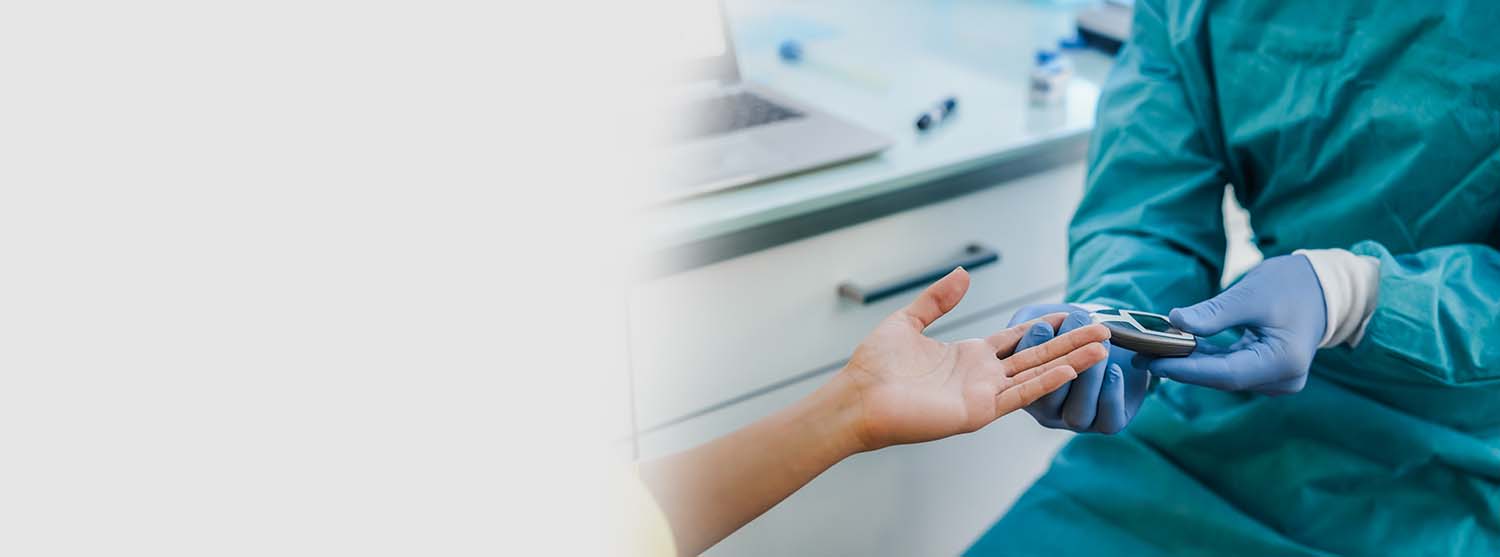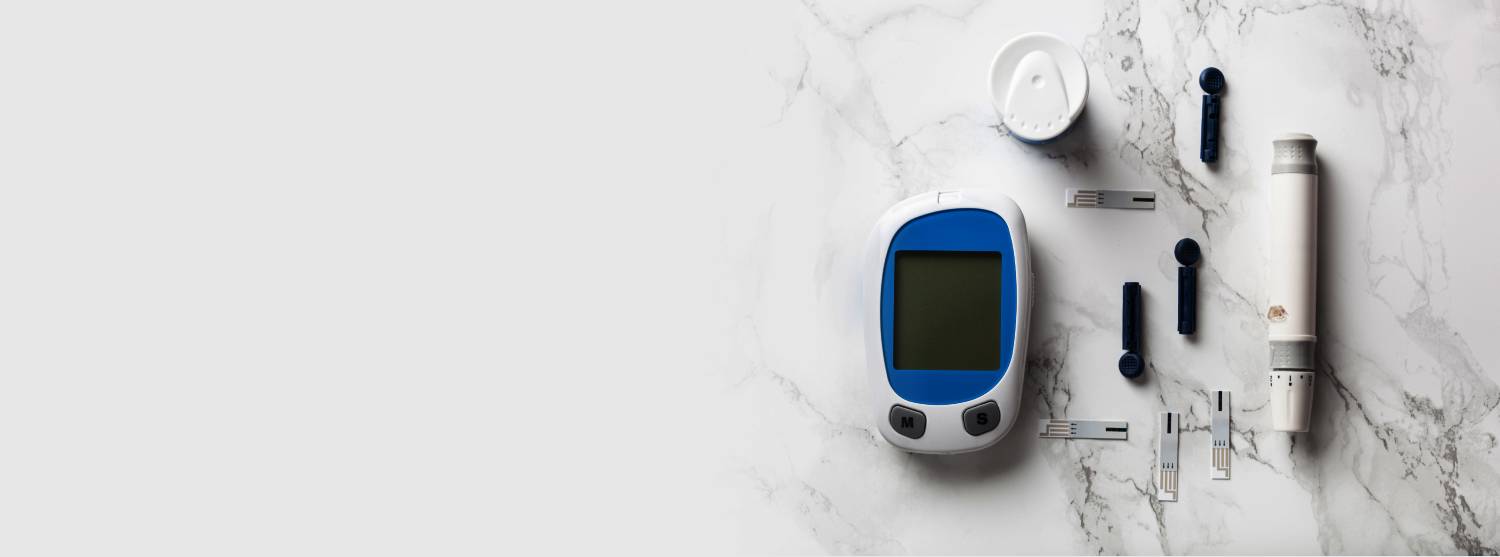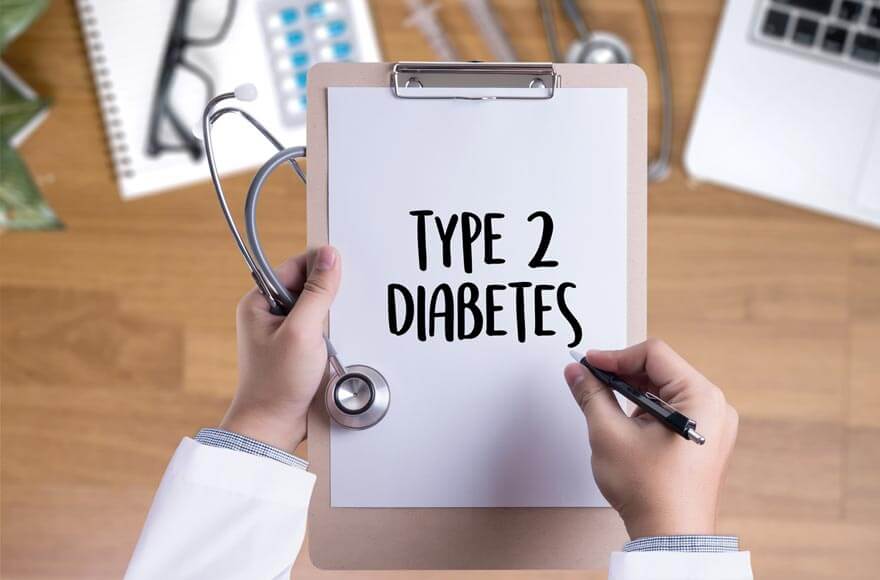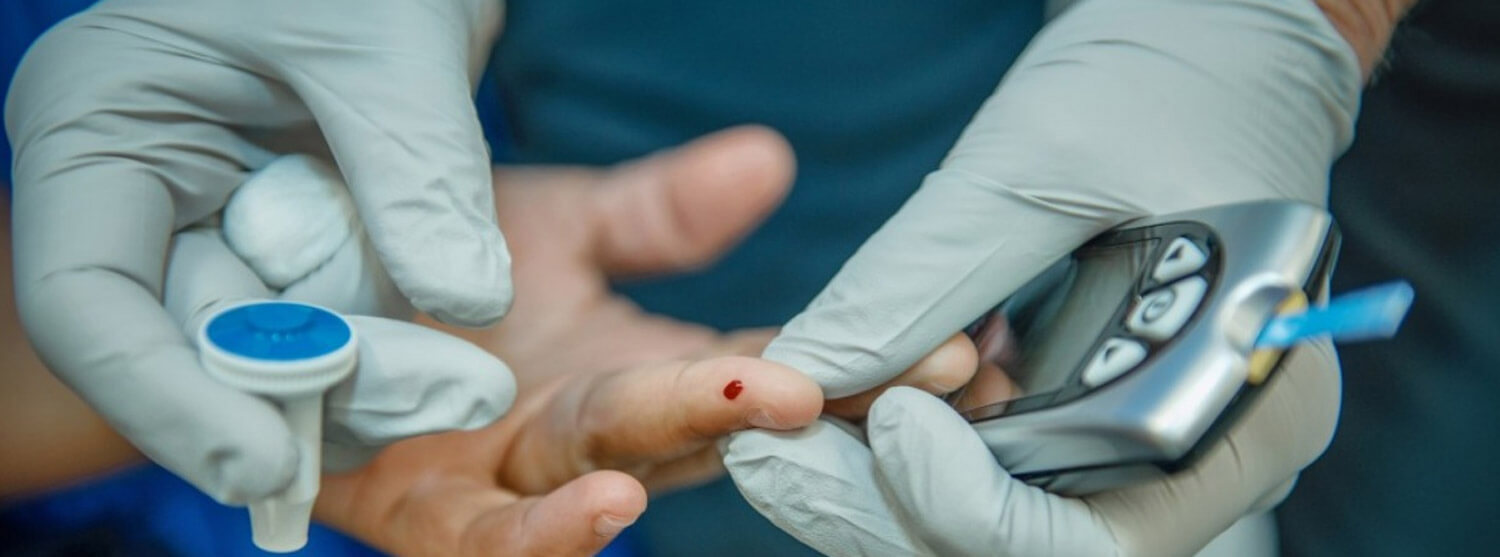Blood glucose is the only important thing to be looked at in patients with Type 2 Diabetes?
Contrary to popular belief our Endocrinologist focus on several other parameters of a patients with type two diabetes and his or her health. These namely are BP, LDL or lipid levels, need for antiplatelet therapy, renal function, Retina Pati, urine albumin excretion rate, cardiac condition.
This is also the reason why we recommend an annual physical examination for diabetes related complications. Read more about our annual diabetes health checks here.









